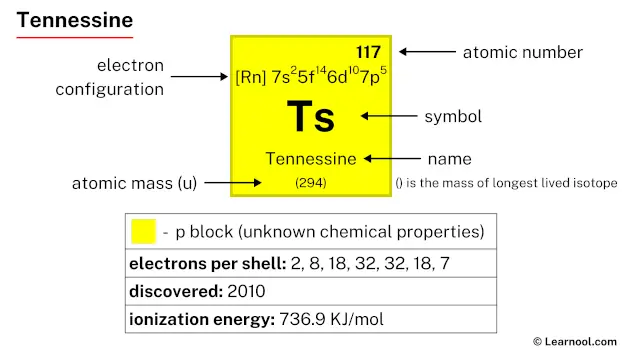
Tennessine (Ts) is a chemical element of the periodic table, located in the group 17 and the period 7, and has the atomic number 117. It is named after the US State, Tennessee. It is a member of the halogen group and is the second last element of the 7th period. It is a transuranium element and is counted as one of the radioactive elements.
On periodic table
| group | ⇨ | 1 | 2 | 3 | 4 | 5 | 6 | 7 | 8 | 9 | 10 | 11 | 12 | 13 | 14 | 15 | 16 | 17 | 18 |
| period | ⇩ | ||||||||||||||||||
| 1 | 1 H 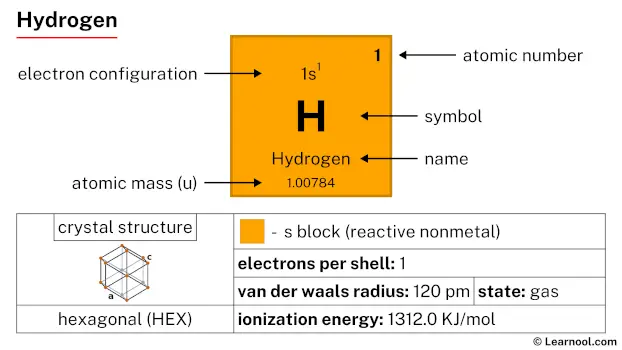 Hydrogen |
2 He  Helium |
|||||||||||||||||
| 2 | 3 Li  Lithium |
4 Be 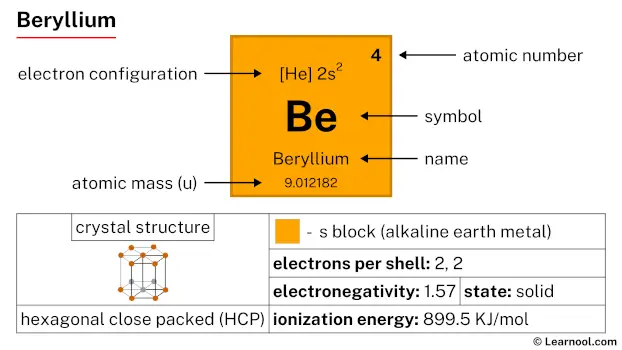 Beryllium |
5 B 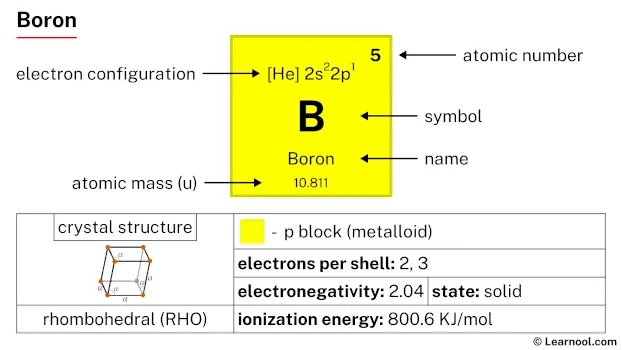 Boron |
6 C  Carbon |
7 N 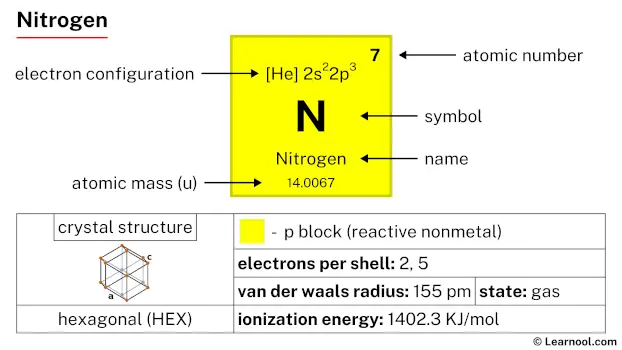 Nitrogen |
8 O 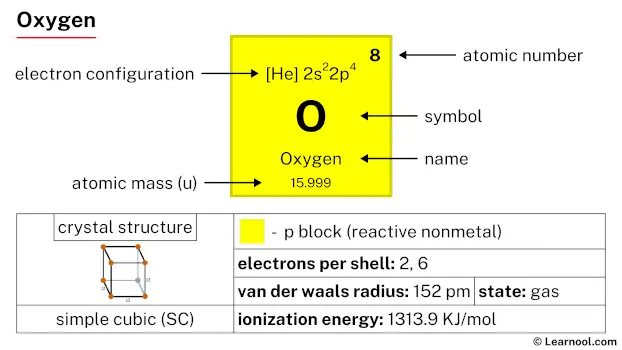 Oxygen |
9 F 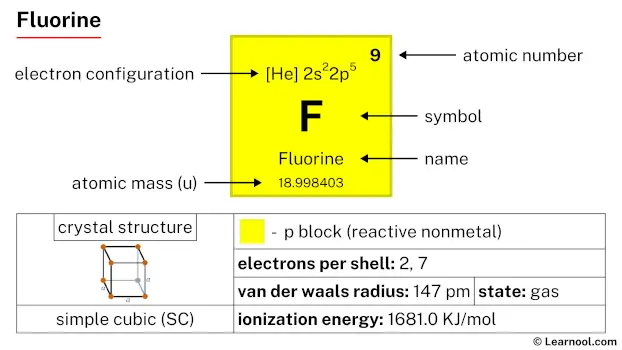 Fluorine |
10 Ne 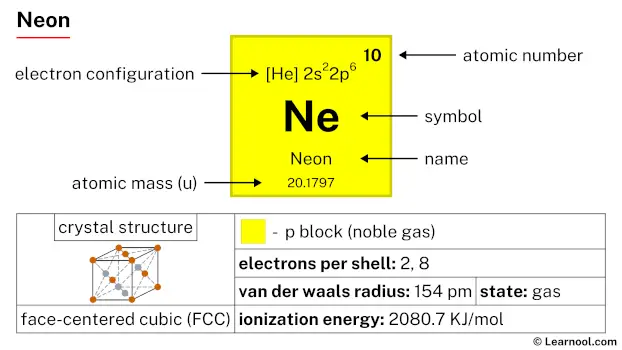 Neon |
|||||||||||
| 3 | 11 Na 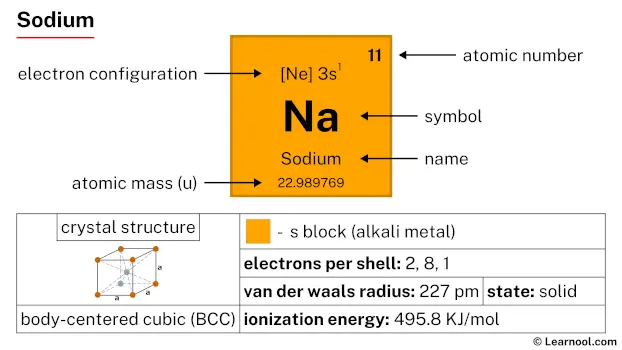 Sodium |
12 Mg 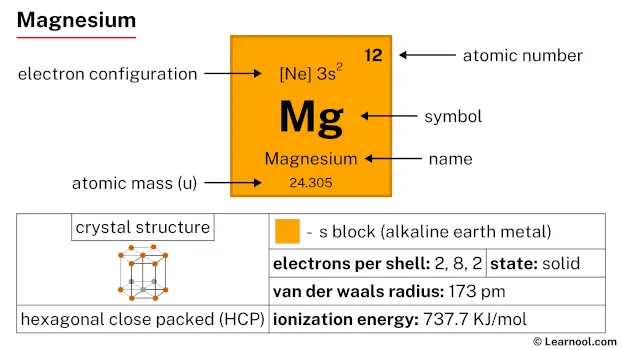 Magnesium |
13 Al  Aluminium |
14 Si Silicon |
15 P 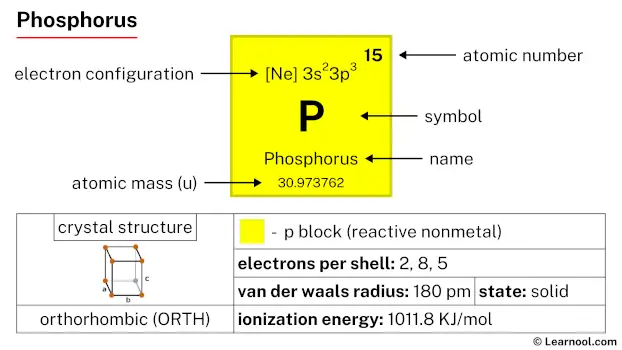 Phosphorus |
16 S 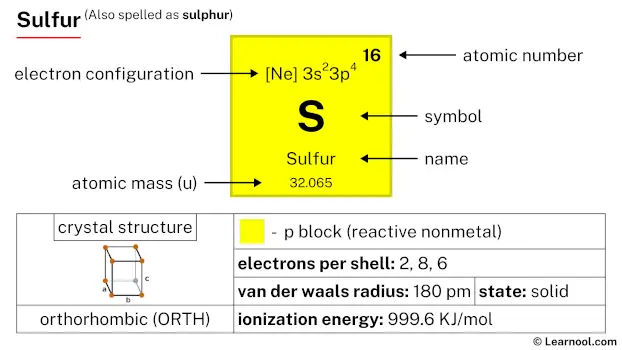 Sulfur |
17 Cl 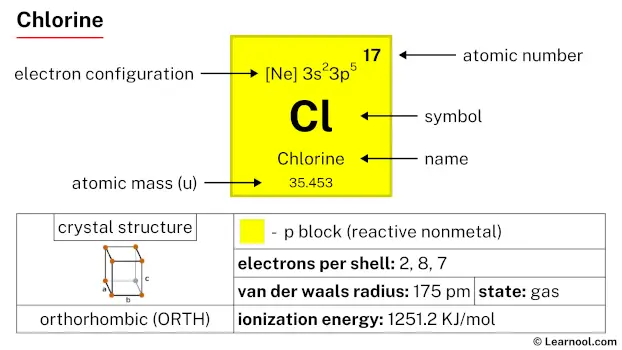 Chlorine |
18 Ar 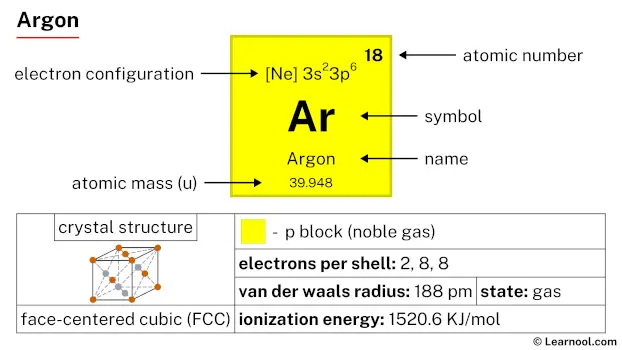 Argon |
|||||||||||
| 4 | 19 K 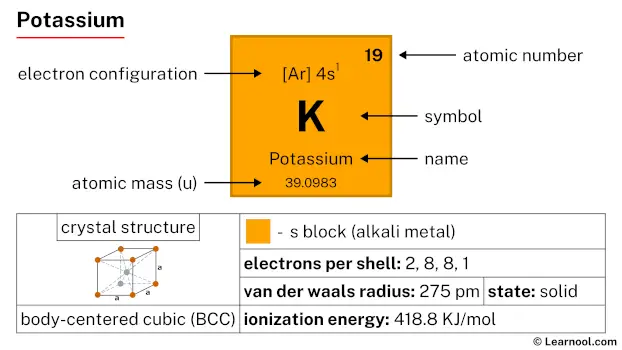 Potassium |
20 Ca 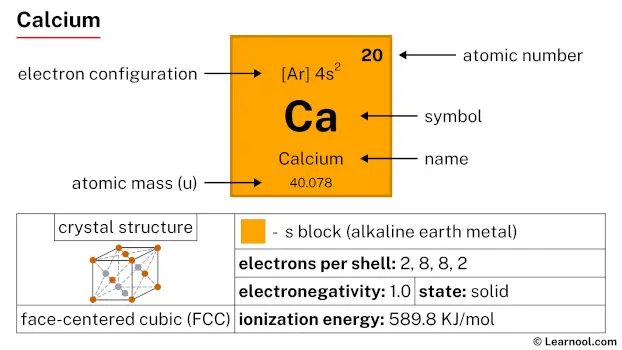 Calcium |
21 Sc 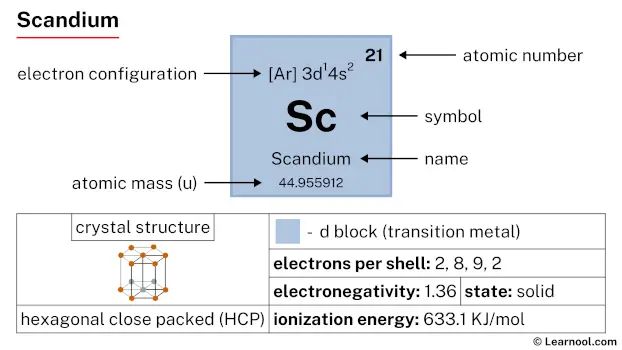 Scandium |
22 Ti 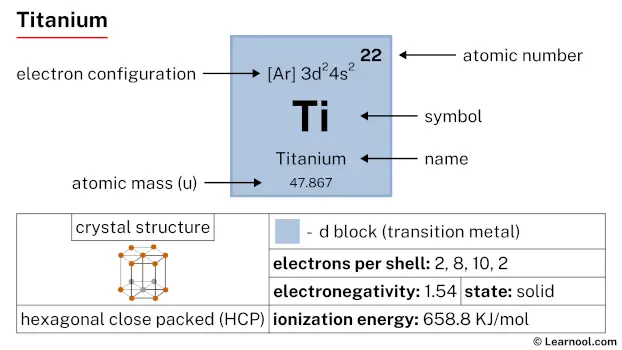 Titanium |
23 V 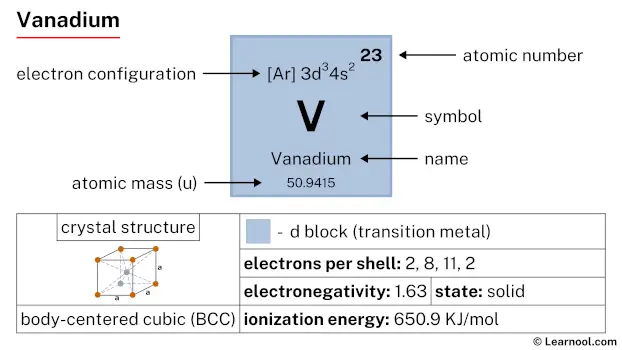 Vanadium |
24 Cr 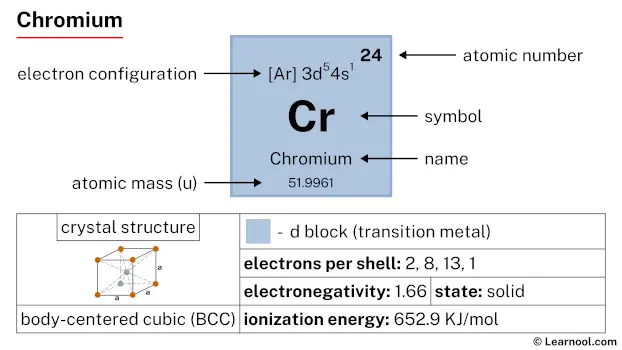 Chromium |
25 Mn 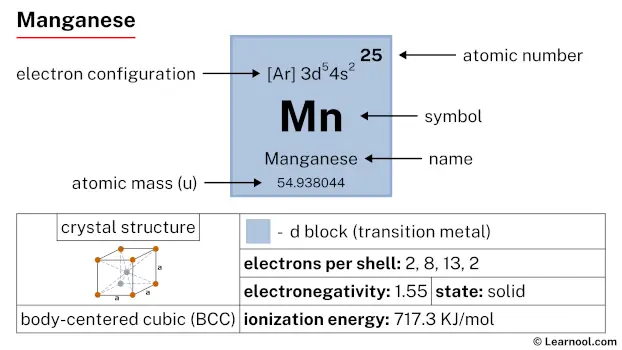 Manganese |
26 Fe 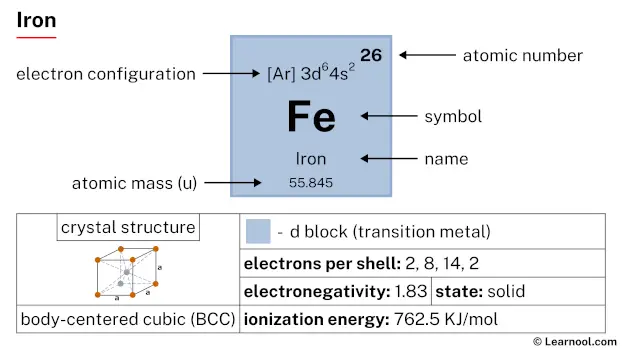 Iron |
27 Co 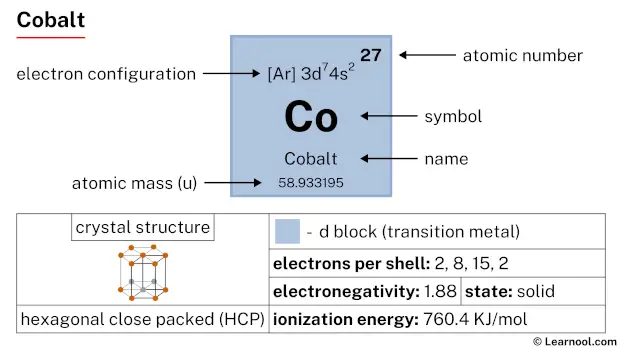 Cobalt |
28 Ni 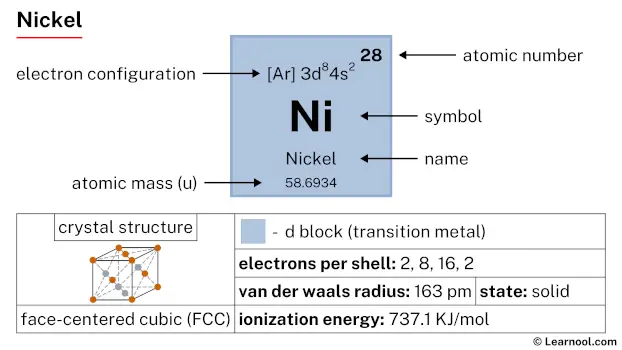 Nickel |
29 Cu 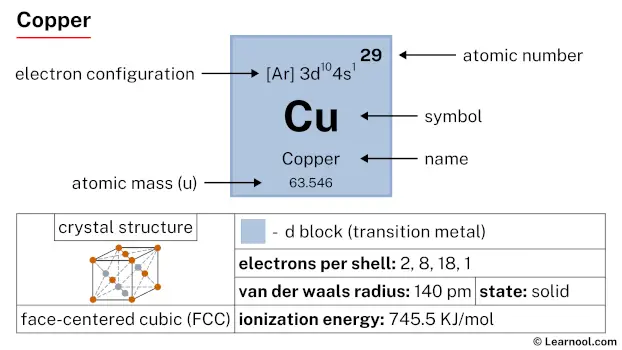 Copper |
30 Zn  Zinc |
31 Ga 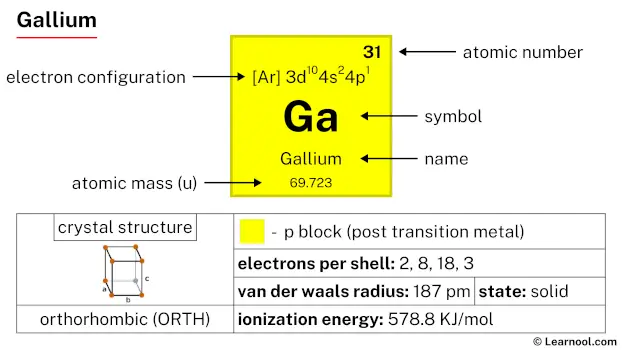 Gallium |
32 Ge 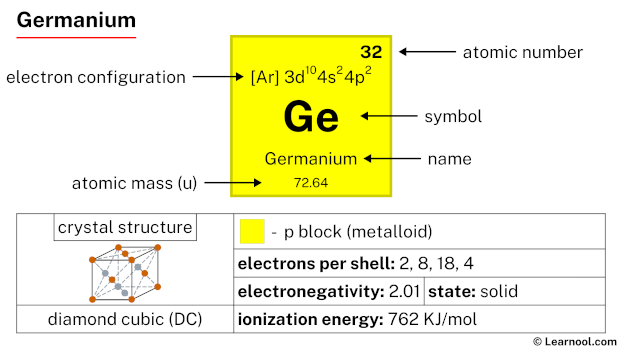 Germanium |
33 As 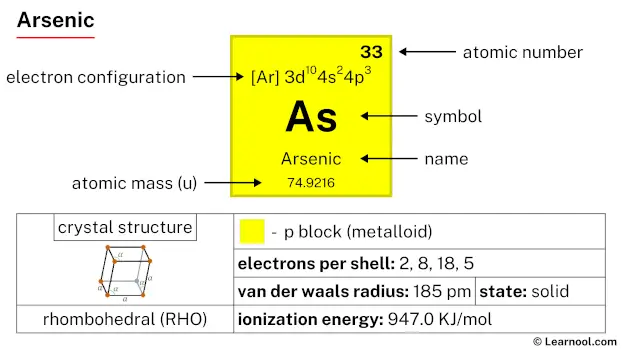 Arsenic |
34 Se 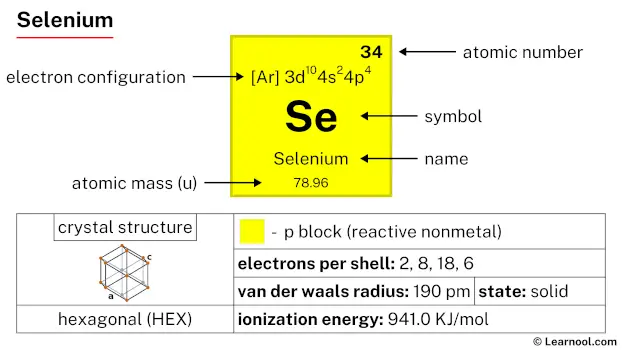 Selenium |
35 Br 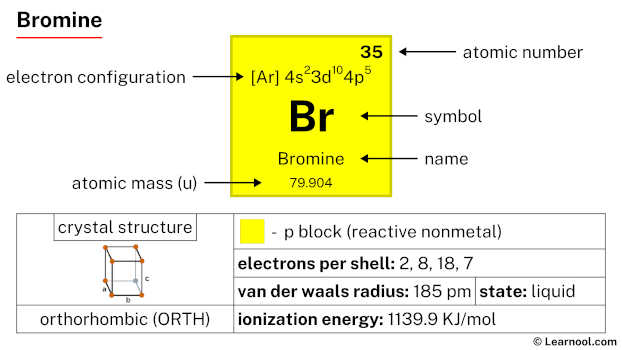 Bromine |
36 Kr  Krypton |
|
| 5 | 37 Rb 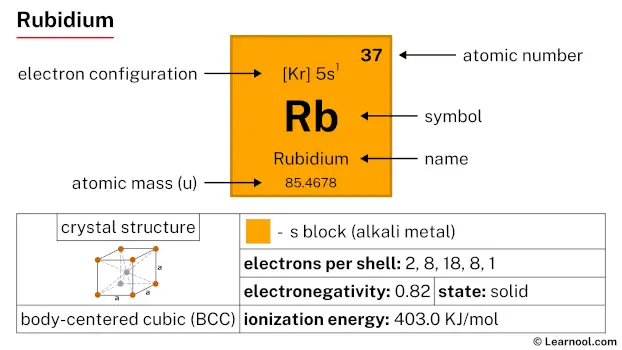 Rubidium |
38 Sr 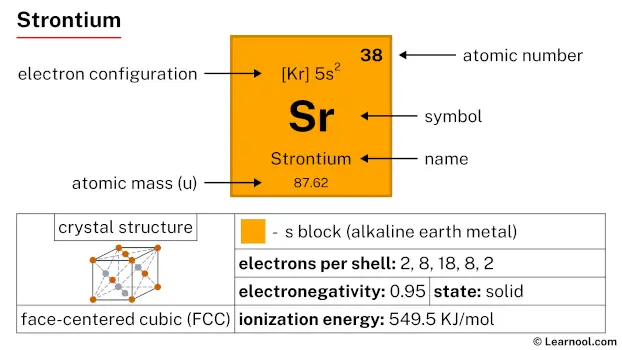 Strontium |
39 Y 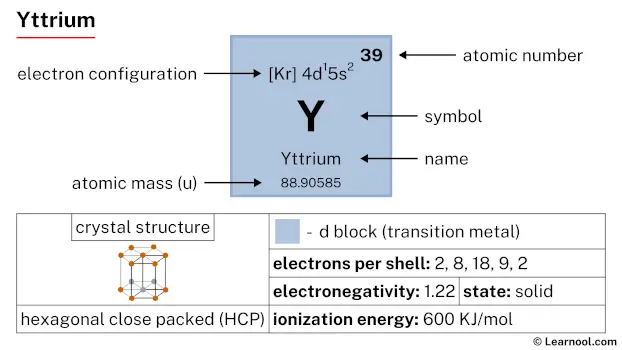 Yttrium |
40 Zr 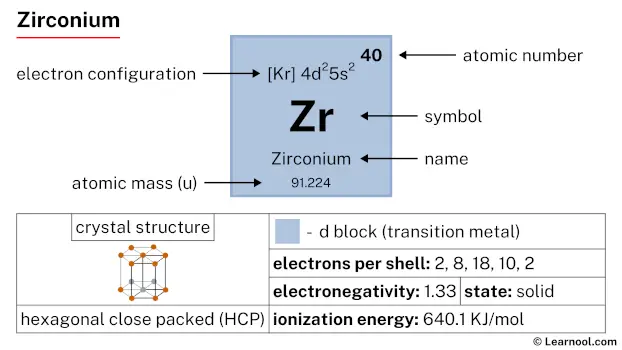 Zirconium |
41 Nb 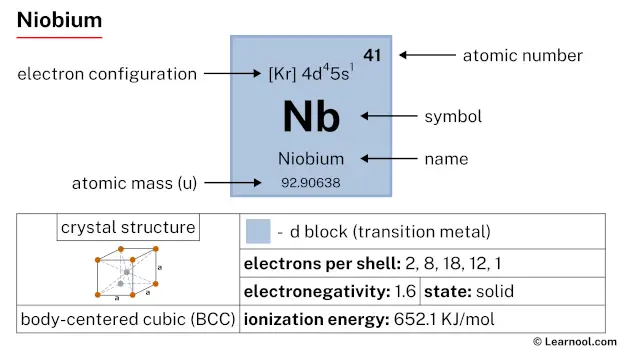 Niobium |
42 Mo 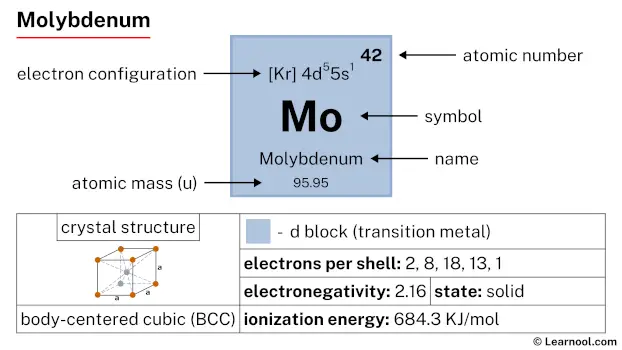 Molybdenum |
43 Tc 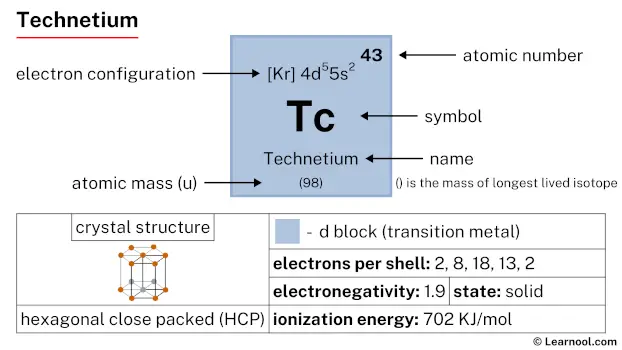 Technetium |
44 Ru 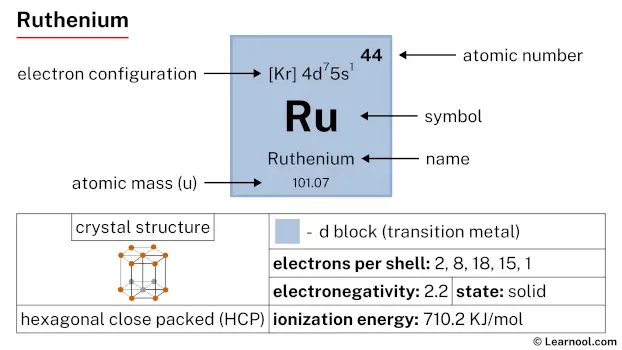 Ruthenium |
45 Rh 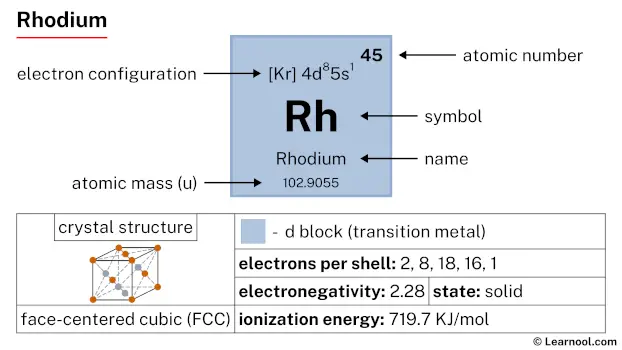 Rhodium |
46 Pd  Palladium |
47 Ag  Silver |
48 Cd 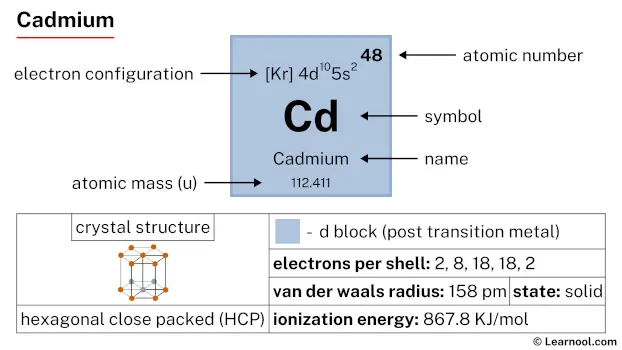 Cadmium |
49 In 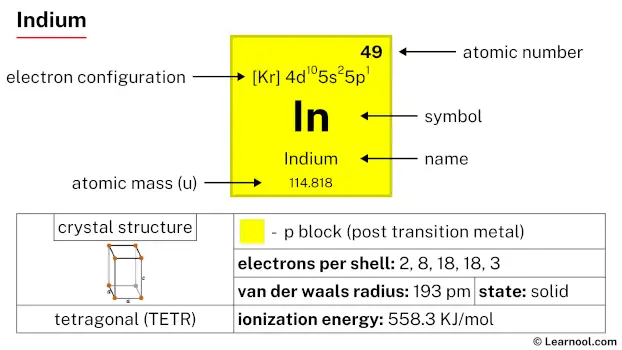 Indium |
50 Sn 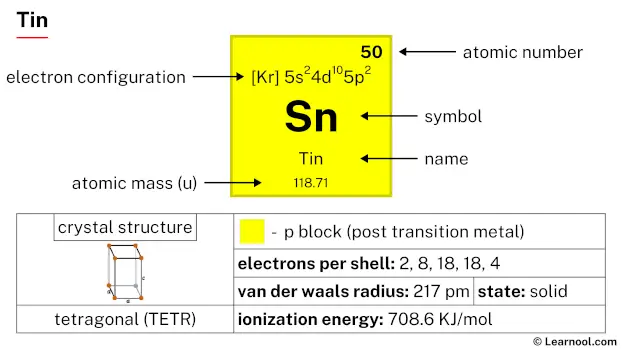 Tin |
51 Sb 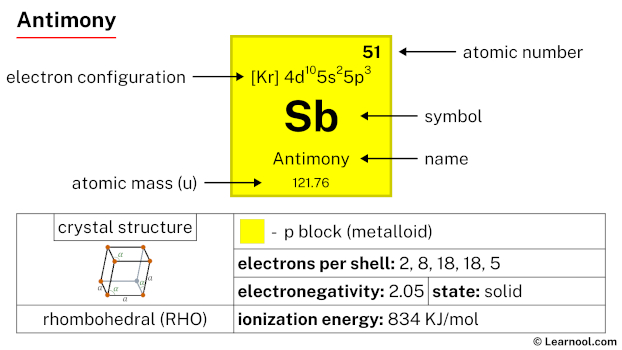 Antimony |
52 Te 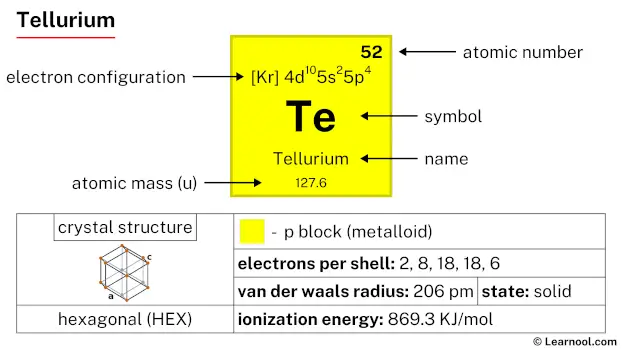 Tellurium |
53 I 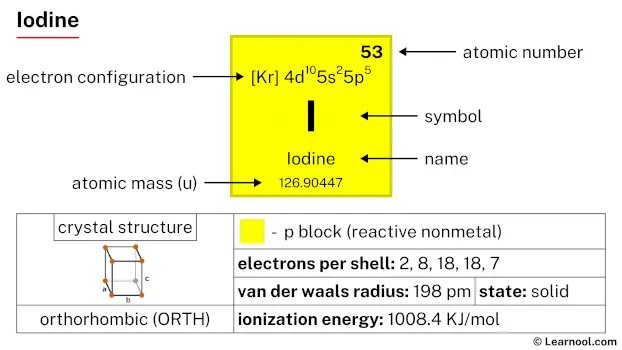 Iodine |
54 Xe 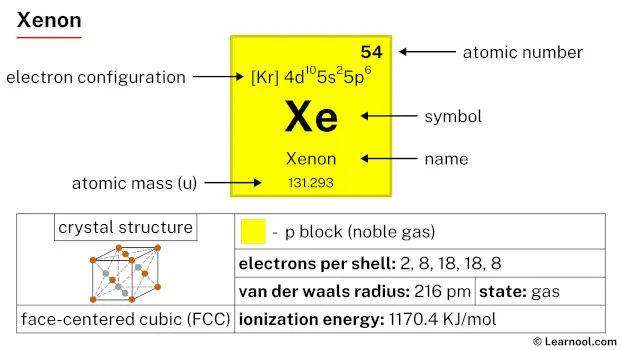 Xenon |
|
| 6 | 55 Cs 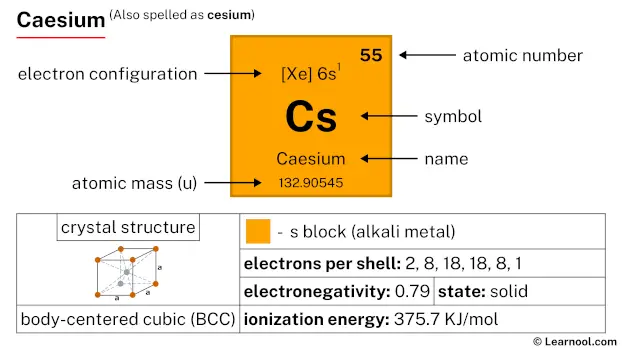 Caesium |
56 Ba 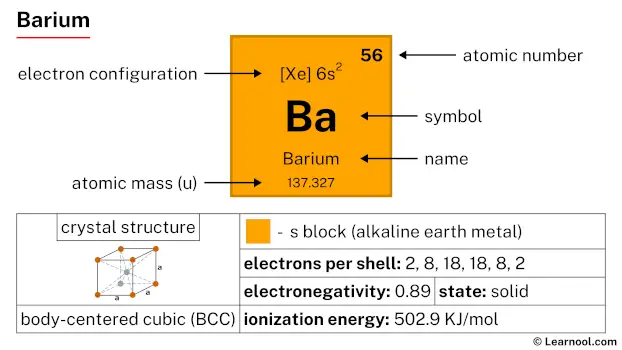 Barium |
72 Hf 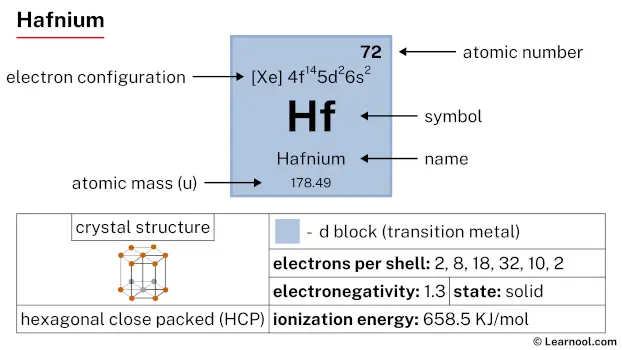 Hafnium |
73 Ta 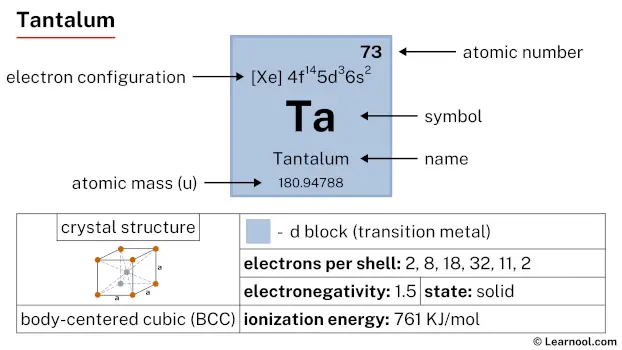 Tantalum |
74 W 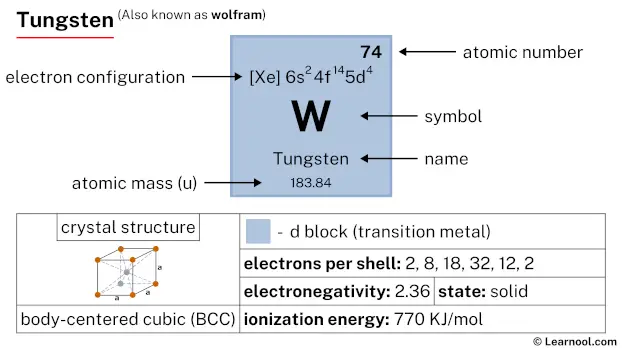 Tungsten |
75 Re 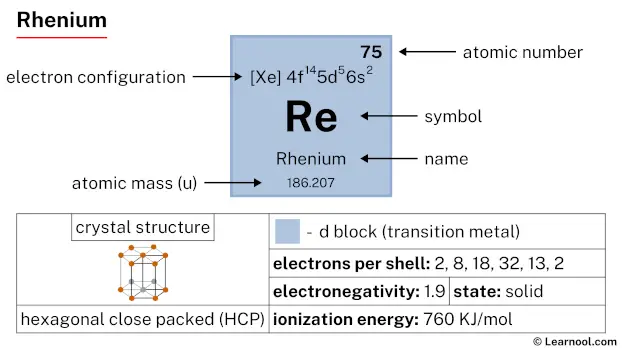 Rhenium |
76 Os 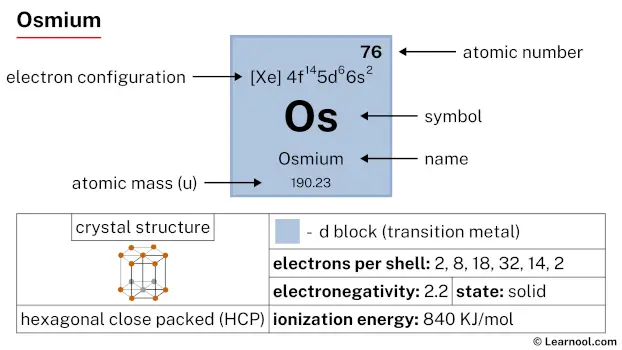 Osmium |
77 Ir 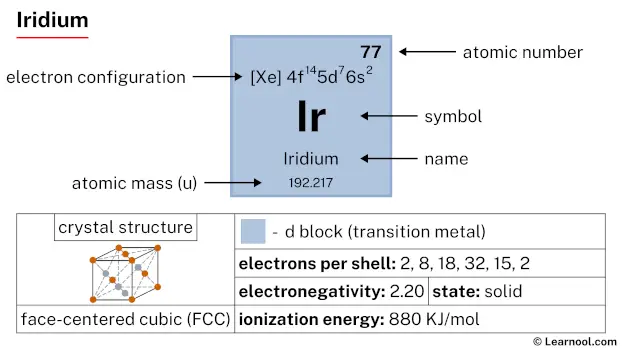 Iridium |
78 Pt  Platinum |
79 Au  Gold |
80 Hg 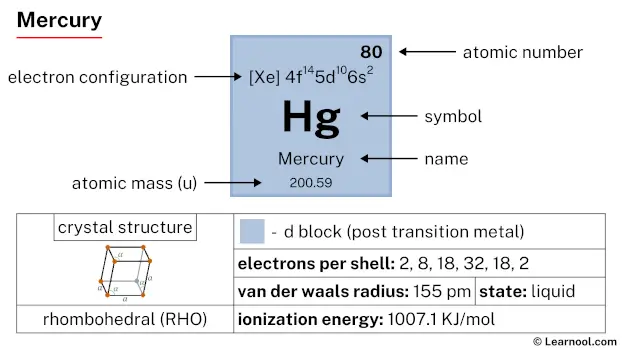 Mercury |
81 Tl 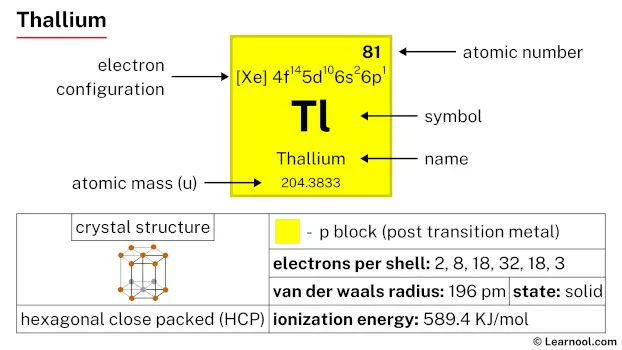 Thallium |
82 Pb  Lead |
83 Bi 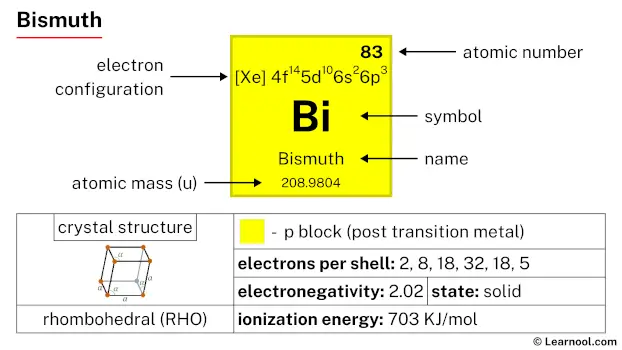 Bismuth |
84 Po 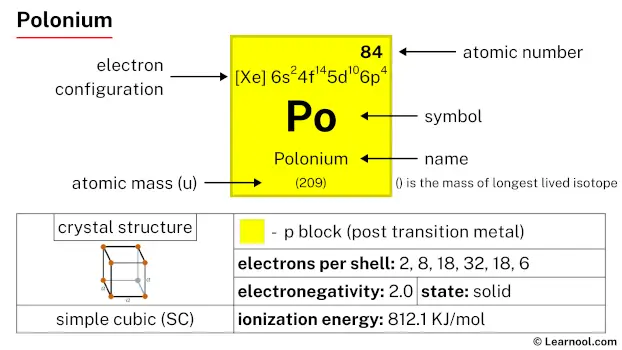 Polonium |
85 At 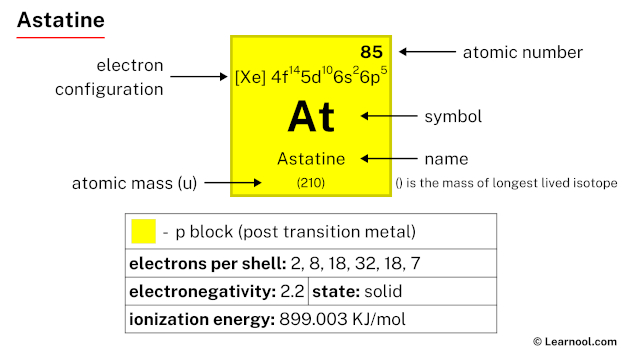 Astatine |
86 Rn 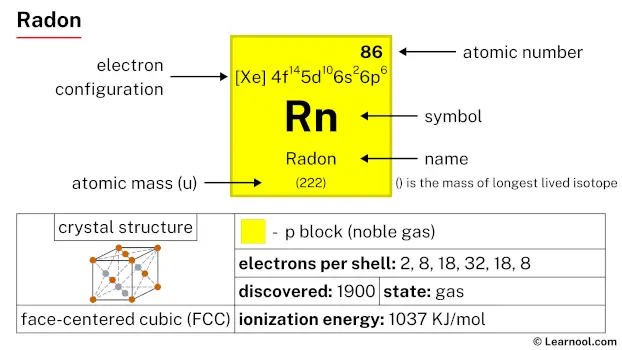 Radon |
||
| 7 | 87 Fr 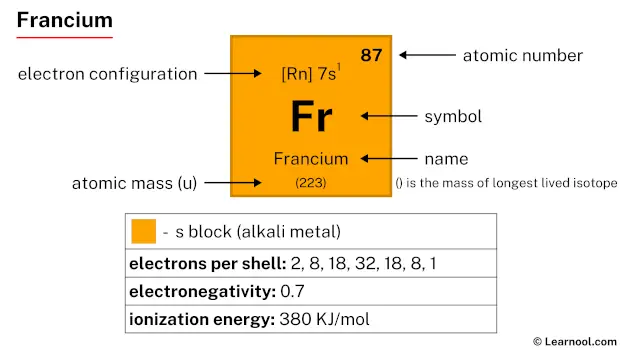 Francium |
88 Ra 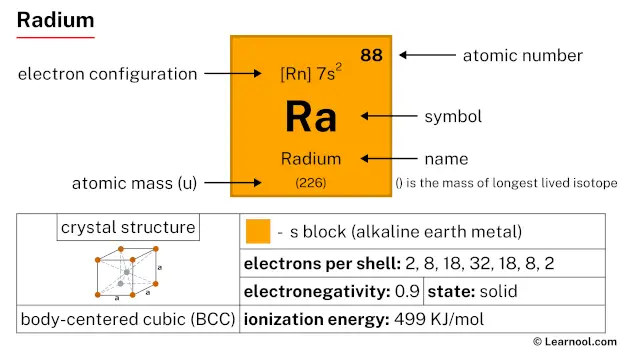 Radium |
104 Rf 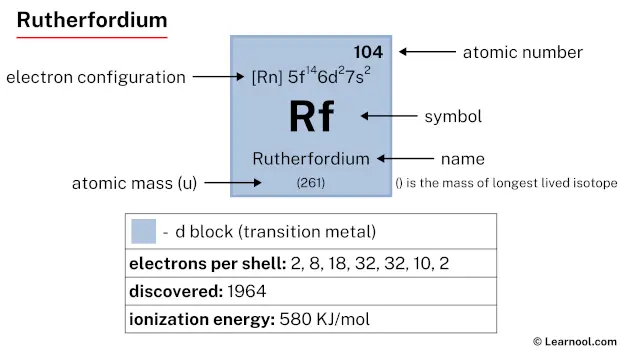 Rutherfordium |
105 Db 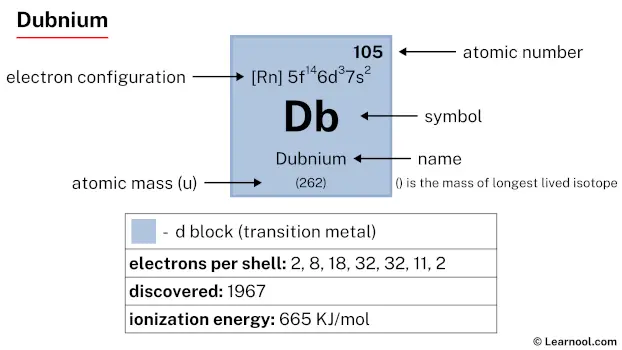 Dubnium |
106 Sg 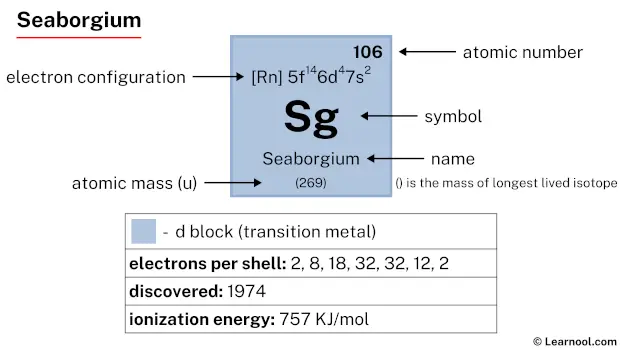 Seaborgium |
107 Bh 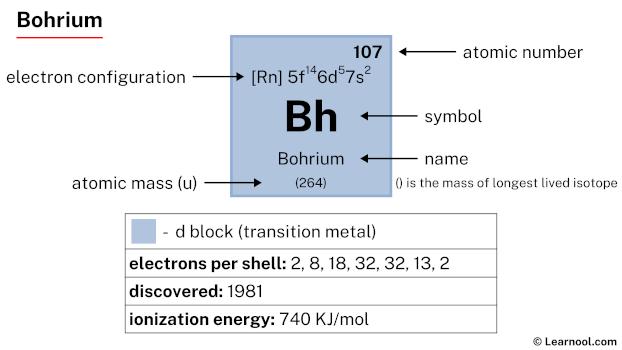 Bohrium |
108 Hs 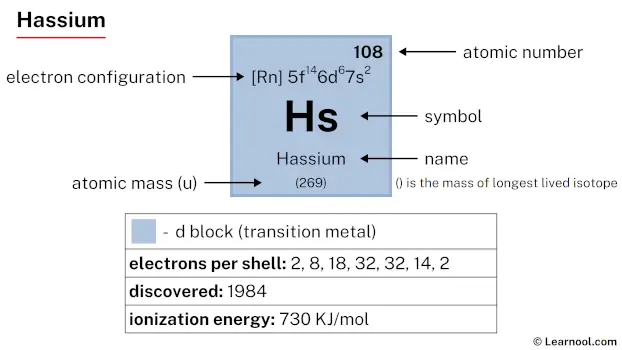 Hassium |
109 Mt 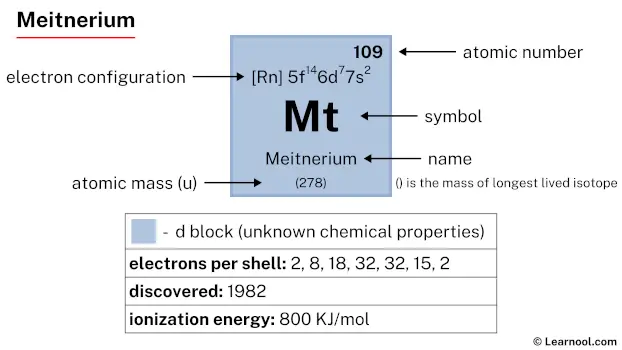 Meitnerium |
110 Ds 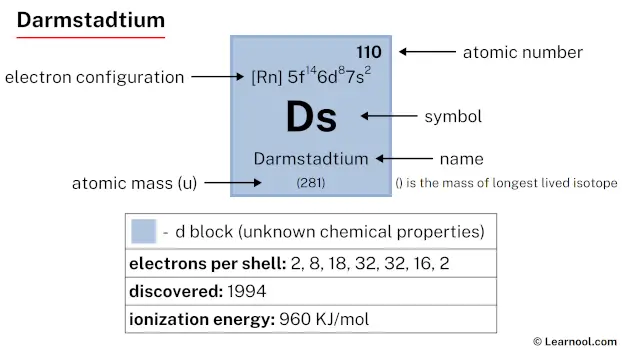 Darmstadtium |
111 Rg 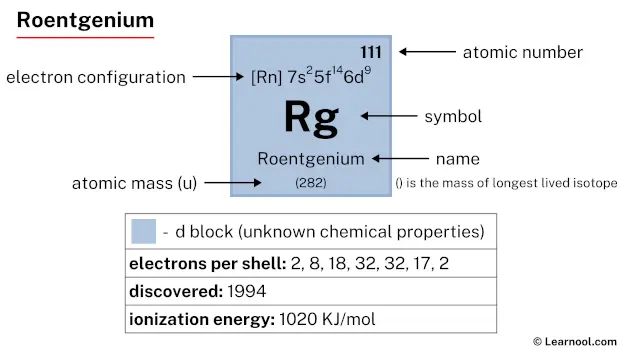 Roentgenium |
112 Cn  Copernicium |
113 Nh 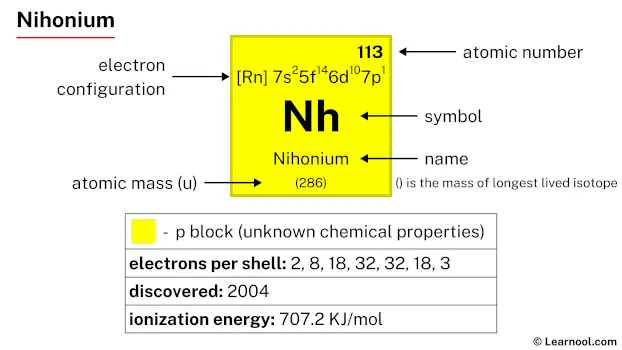 Nihonium |
114 Fl 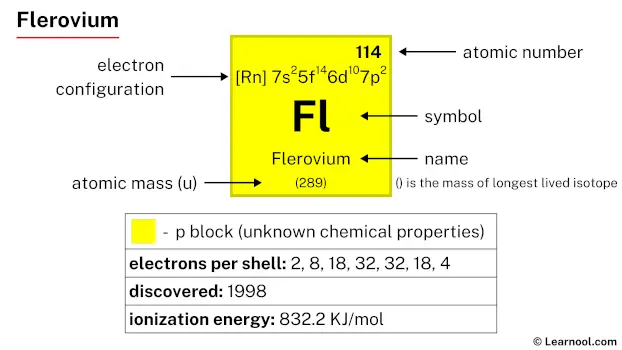 Flerovium |
115 Mc 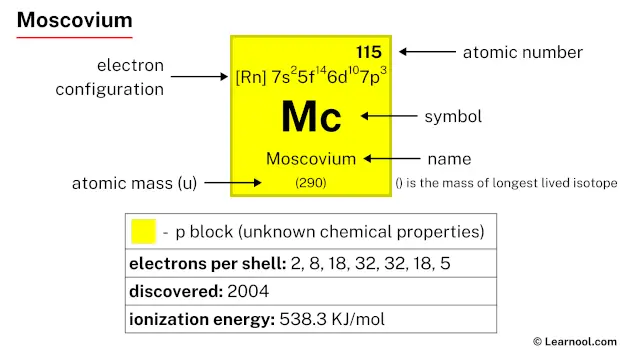 Moscovium |
116 Lv 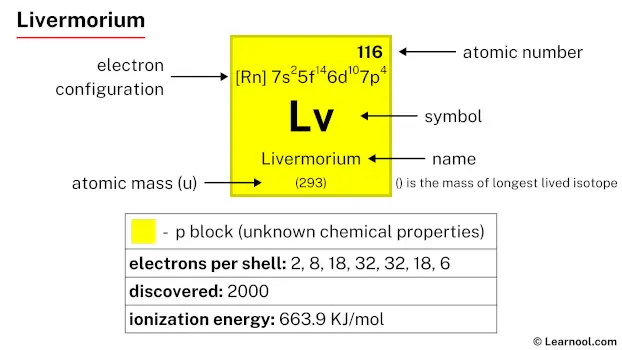 Livermorium |
117 Ts Tennessine |
118 Og 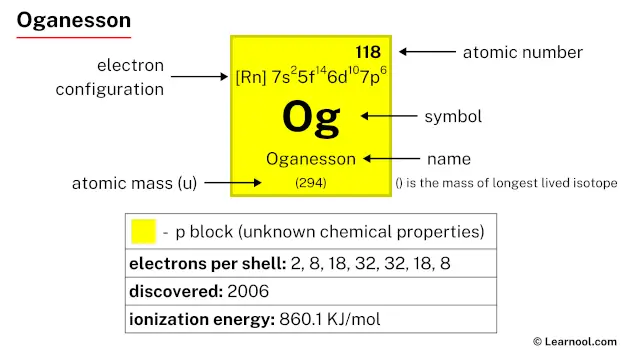 Oganesson |
||
| 57 La 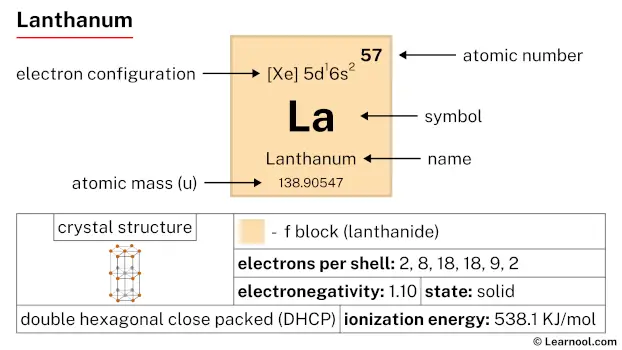 Lanthanum |
58 Ce 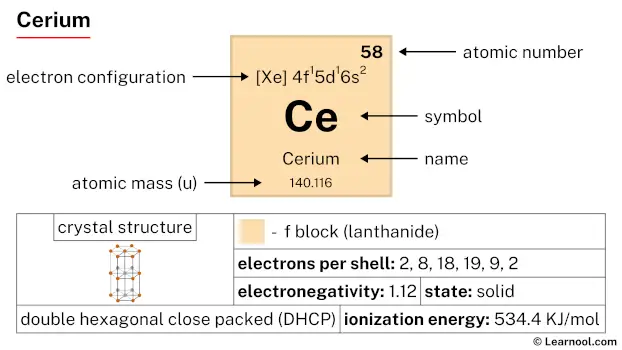 Cerium |
59 Pr 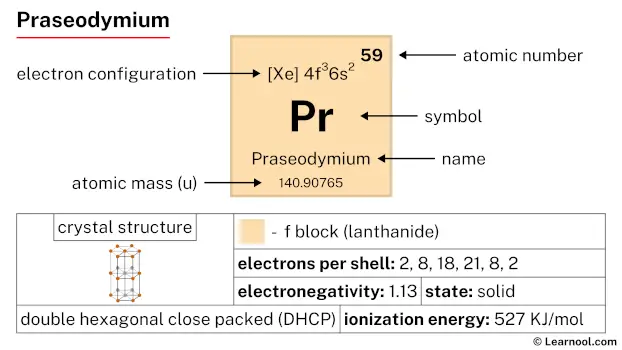 Praseodymium |
60 Nd 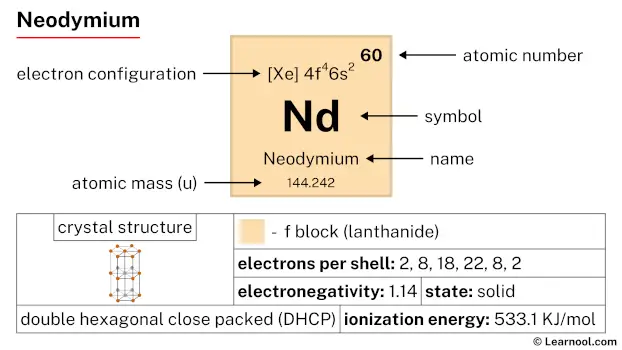 Neodymium |
61 Pm 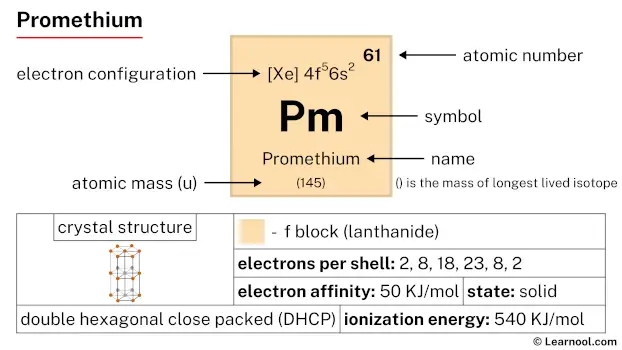 Promethium |
62 Sm 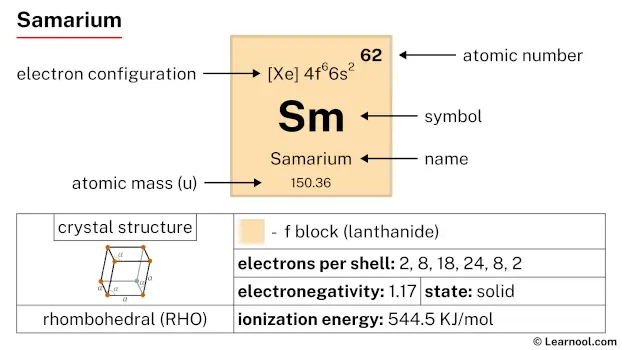 Samarium |
63 Eu 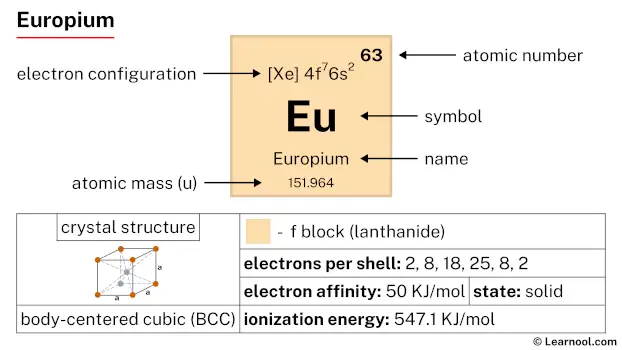 Europium |
64 Gd 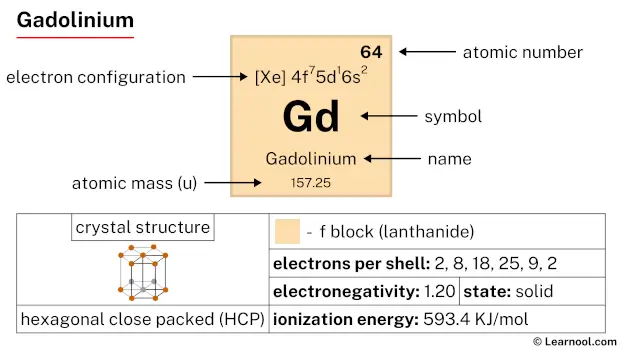 Gadolinium |
65 Tb 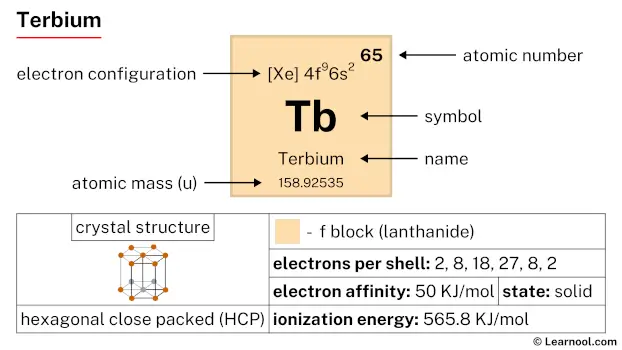 Terbium |
66 Dy 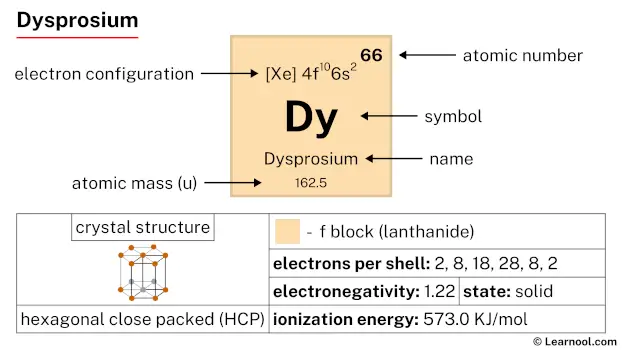 Dysprosium |
67 Ho 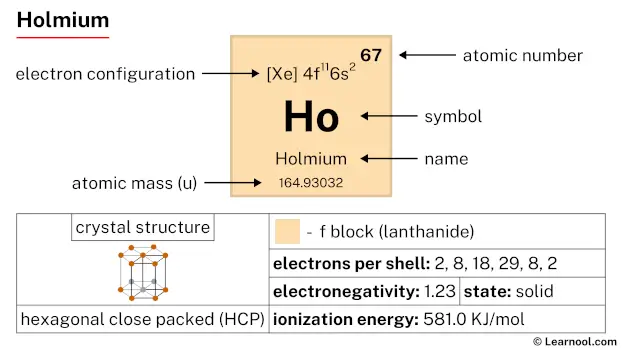 Holmium |
68 Er 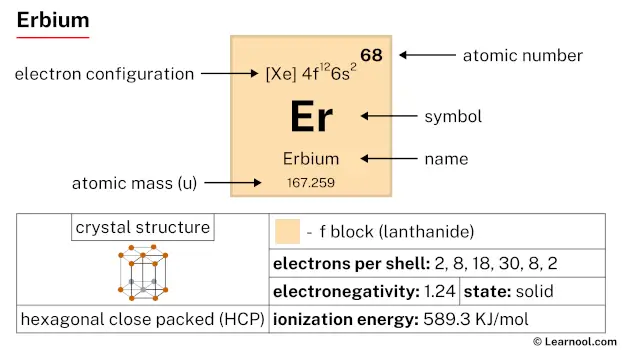 Erbium |
69 Tm 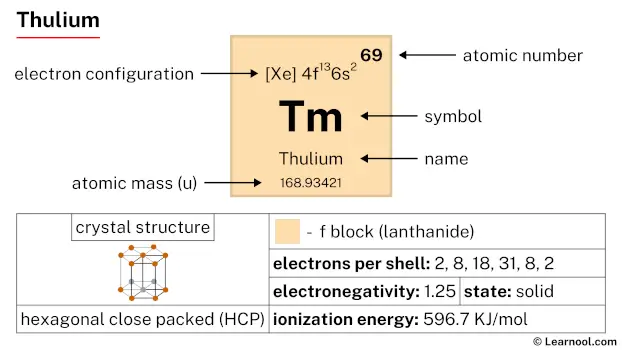 Thulium |
70 Yb 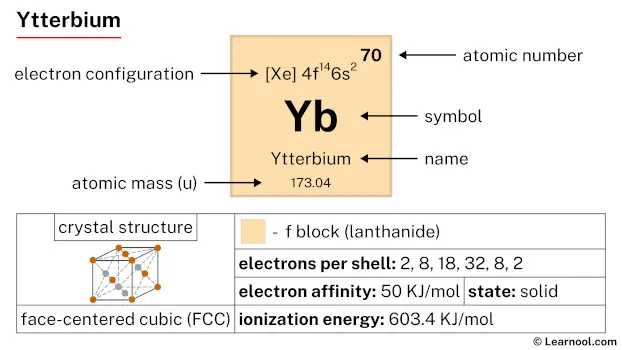 Ytterbium |
71 Lu 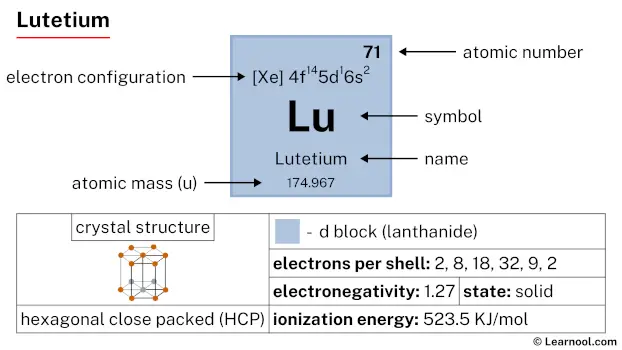 Lutetium |
|||||
| 89 Ac 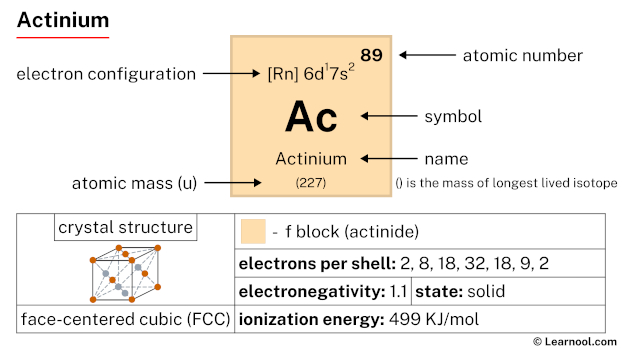 Actinium |
90 Th 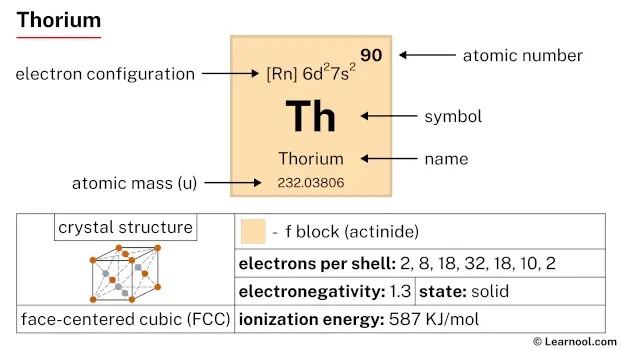 Thorium |
91 Pa 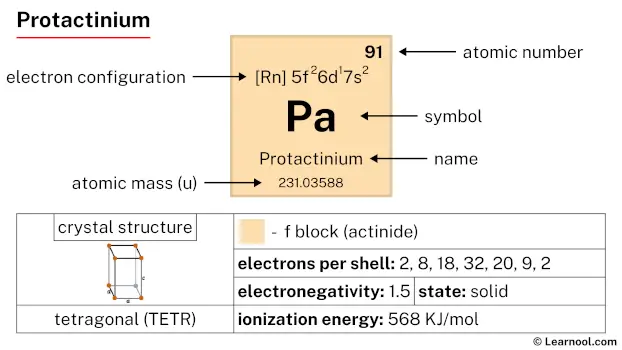 Protactinium |
92 U 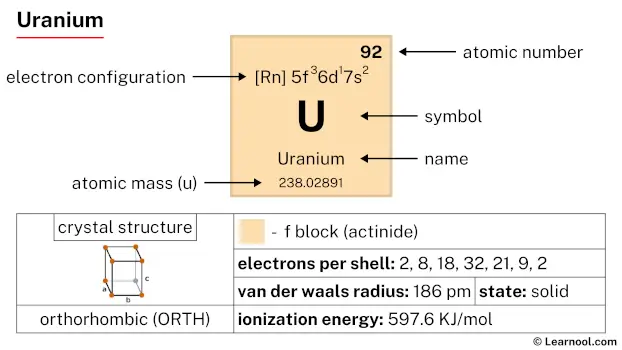 Uranium |
93 Np 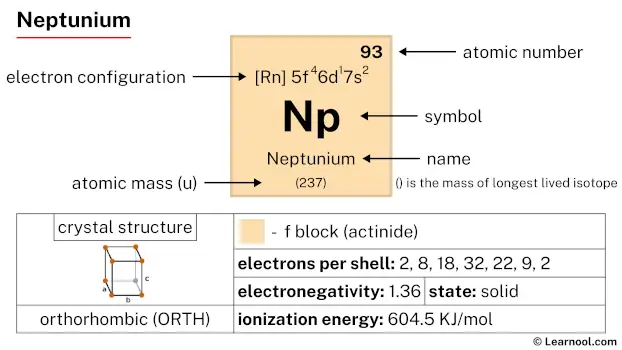 Neptunium |
94 Pu 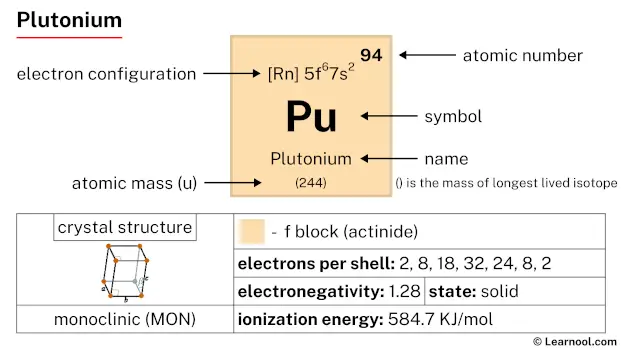 Plutonium |
95 Am  Americium |
96 Cm 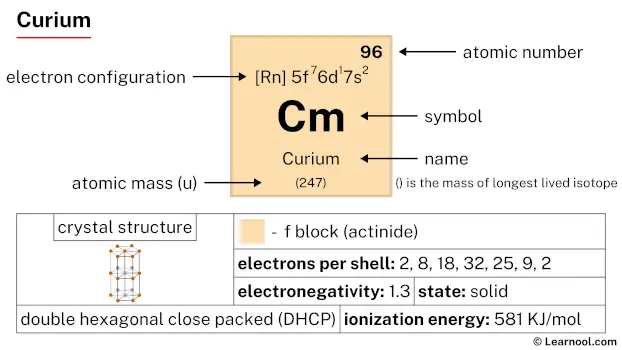 Curium |
97 Bk 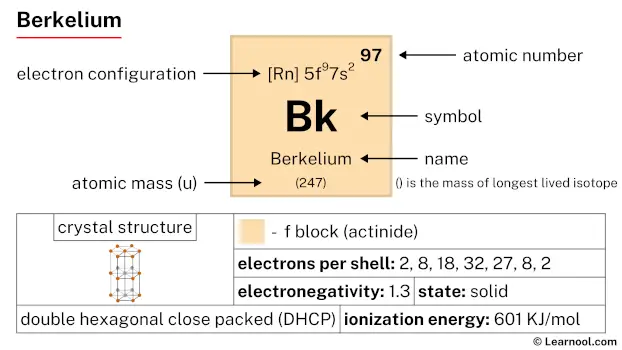 Berkelium |
98 Cf 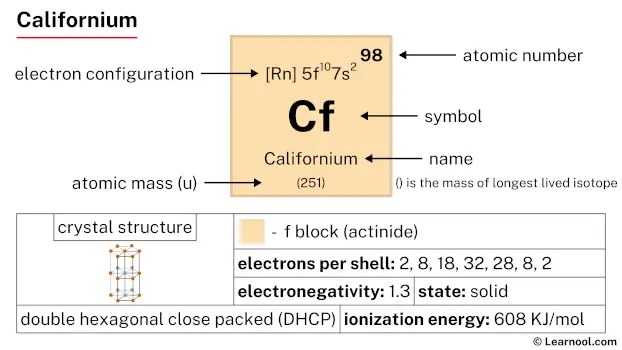 Californium |
99 Es 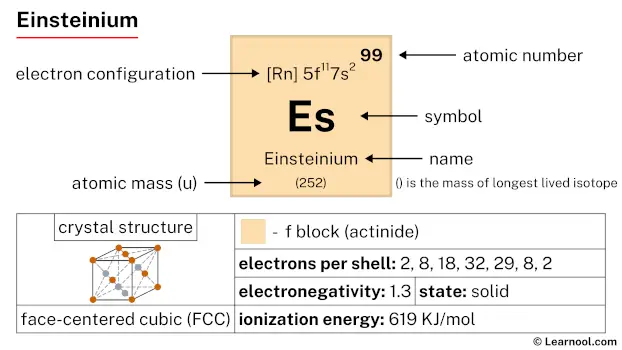 Einsteinium |
100 Fm 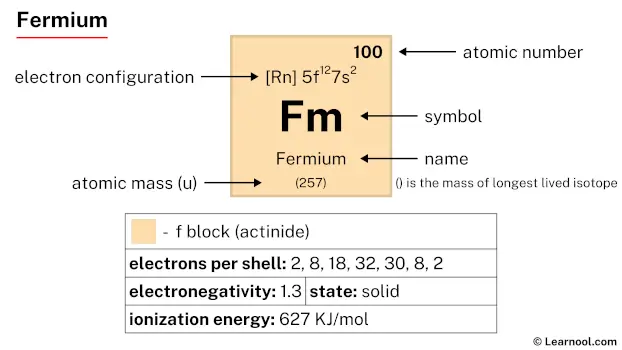 Fermium |
101 Md 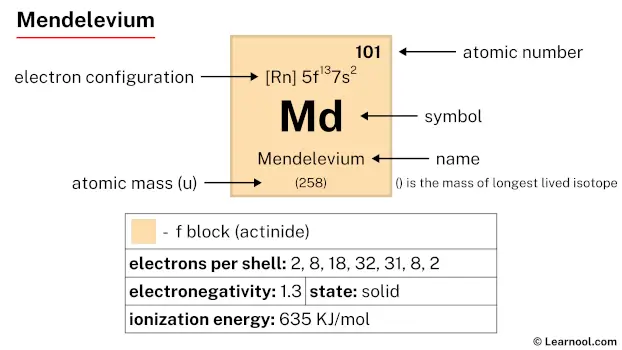 Mendelevium |
102 No 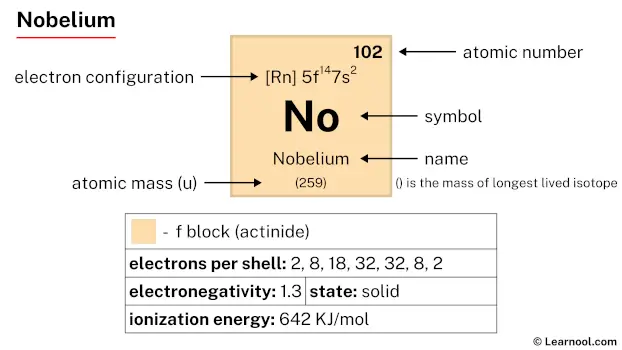 Nobelium |
103 Lr 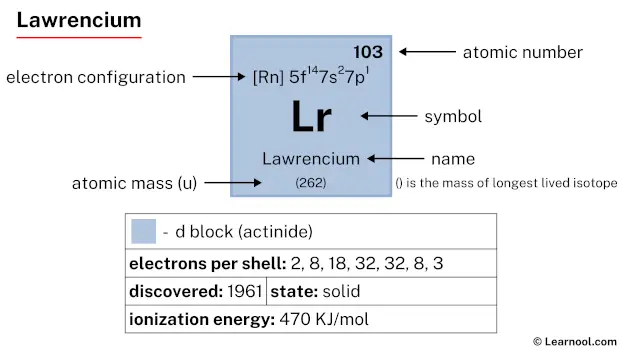 Lawrencium |
|||||
| – p block |
Tennessine is a p-block element, situated in the seventeenth column and the seventh row of the periodic table, denoted by the atomic number 117 and chemical symbol Ts.
Element information
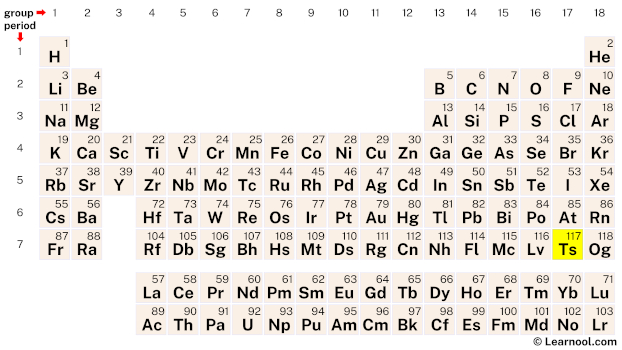 |
|
| Origin of name | named after Tennessee, a state in United States |
| Symbol | Ts |
| Atomic number (Z) | 117 |
| Atomic mass | (294) |
| Block | p-block |
| Group | 17 (halogen) |
| Period | 7 |
| Classification | Unknown chemical properties |
| Atomic radius | 138 pm (predicted) |
| Covalent radius | 156-157 pm (extrapolated) |
| Melting point | 350-550 ℃, 662-1022 ℉, 623-823 K (predicted) |
| Boiling point | 610 ℃, 1130 ℉, 883 K (predicted) |
| Electron configuration | [Rn] 5f14 6d10 7s2 7p5 (predicted) |
| Electrons per shell | 2, 8, 18, 32, 32, 18, 7 (predicted) |
| Phase at r.t | Solid (predicted) |
| Density near r.t | 7.1-7.3 g/cm3 (predicted) |
| Natural occurrence | Synthetic |
| Oxidation state | +1 (predicted), +3 (predicted) |
| Protons Neutrons Electrons |
117 177 117 |
| Valence electrons | 7 |
| CAS number | 54101-14-3 |
| Discovered at | Joint Institute for Nuclear Research (JINR), Lawrence Livermore National Laboratory (LLNL), Vanderbilt University, and Oak Ridge National Laboratory (ORNL) in 2010 |
History
Tennessine was first synthesized in 2010 by a team of Russian and American scientists at the Joint Institute for Nuclear Research (JINR) in Dubna, Russia, and the Lawrence Livermore National Laboratory (LLNL) and Oak Ridge National Laboratory (ORNL) in the United States. The synthesis of tennessine was achieved by using a heavy ion accelerator to fire a beam of calcium-48 ions at a target made of berkelium-249.
The resulting nuclear fusion reaction produced four atoms of tennessine, which were detected by a set of detectors surrounding the target. The discovery was confirmed by a second experiment in 2012, which produced additional tennessine atoms.
The synthesis of tennessine was a significant achievement as it filled a gap in the periodic table, and marked the successful completion of the seventh row of the periodic table. The discovery of tennessine and the element oganesson (named after the Russian physicist Yuri Oganessian) were officially recognized by the International Union of Pure and Applied Chemistry (IUPAC) in 2016.
Due to its synthetic nature, tennessine does not occur naturally on Earth, and its production is limited to research facilities such as JINR, LLNL, and ORNL. While there are no known practical applications for tennessine at present, its discovery provides important insights into the properties of matter at the limits of the periodic table, and contributes to our understanding of the fundamental nature of the universe.
Occurrence and production
Tennessine is a synthetic element that does not occur naturally on Earth. It is created by the nuclear fusion of lighter elements, specifically a beam of calcium-48 ions and a target made of berkelium-249. The synthesis of tennessine was first achieved in 2010 by scientists from the Joint Institute for Nuclear Research (JINR) in Dubna, Russia, and the Lawrence Livermore National Laboratory (LLNL) in California, USA.
The production of tennessine involves firing a beam of calcium-48 ions at the berkelium-249 target, which results in the nuclear fusion reaction that creates tennessine. The resulting atoms are highly unstable and exist only for a very short period of time before decaying into lighter elements. The detection and confirmation of tennessine’s creation are achieved through a series of detectors surrounding the target.
The production of tennessine has been achieved multiple times by different research teams, including the JINR and the Oak Ridge National Laboratory (ORNL) in Tennessee, USA, which also played a significant role in its discovery. The synthesis of tennessine provides important insights into the properties of matter at the limits of the periodic table and contributes to the ongoing study of nuclear physics.
Properties
Physical properties
Tennessine is a highly unstable synthetic element, and therefore its physical properties are difficult to measure.
Its atomic number is 117, and it has a predicted atomic weight of 294.
Chemical properties
Tennessine is expected to belong to the halogen family, which includes elements such as chlorine and iodine.
It is expected to be a highly reactive element, reacting readily with other elements, especially metals.
Electronic configuration
Tennessine is expected to have a noble gas electronic configuration of [Rn] 5f14 6d10 7s2 7p5.
Its outermost electron shell has five electrons, indicating that it will likely have a negative oxidation state in most of its compounds.
Isotopes
Tennessine has no stable isotopes, and all of its isotopes are radioactive.
The most stable isotope, tennessine-294, has a half-life of only 51 milliseconds.
Other properties
Due to its short half-life and limited production, tennessine has no practical applications at this time.
Tennessine is the second-heaviest element to have been synthesized, after oganesson.
Applications
The applications of tennessine, like most synthetic elements, are currently unknown due to its short half-life and difficulty in producing it. Thus, there are currently no known applications of tennessine. However, its discovery and research may provide valuable insights into nuclear physics and the properties of heavy elements.
Interesting facts
Tennessine is named after the state of Tennessee in the United States, where three of the collaborating institutions involved in its discovery are located.
Tennessine is the heaviest element in the halogen group, which includes elements such as fluorine, chlorine, and iodine.
Tennessine has an extremely short half-life of less than one second, making it highly unstable and difficult to study.
Tennessine is a synthetic element that is not found naturally on Earth and can only be produced in small quantities through nuclear reactions.
The discovery of tennessine was officially recognized by the International Union of Pure and Applied Chemistry (IUPAC) in 2016, along with the element oganesson.
The synthesis of tennessine involved the fusion of calcium-48 ions with a berkelium-249 target, producing four atoms of tennessine.
Tennessine’s properties and behavior are still being studied by scientists to gain a better understanding of its characteristics and potential applications.
Related
More elements
External links
- https://en.wikipedia.org/wiki/Tennessine
- https://www.rsc.org/periodic-table/element/117/tennessine
- https://www.britannica.com/science/element-117
- https://www.livescience.com/41459-facts-about-ununseptium.html
- https://pubchem.ncbi.nlm.nih.gov/element/Tennessine
- https://www.chemicool.com/elements/tennessine.html
- https://study.com/learn/lesson/element-tennessine-production-properties-uses.html
- https://education.jlab.org/itselemental/ele117.html
- https://www.thoughtco.com/element-117-facts-ununseptium-or-uus-3880071
Deep
Learnool.com was founded by Deep Rana, who is a mechanical engineer by profession and a blogger by passion. He has a good conceptual knowledge on different educational topics and he provides the same on this website. He loves to learn something new everyday and believes that the best utilization of free time is developing a new skill.
